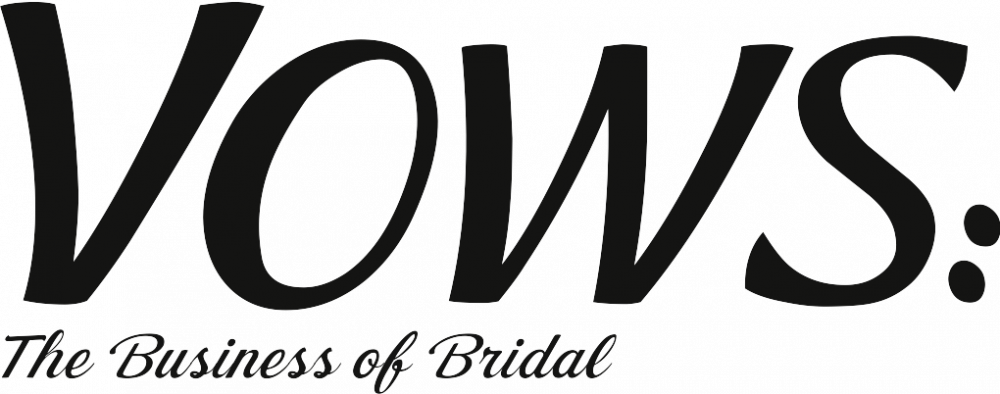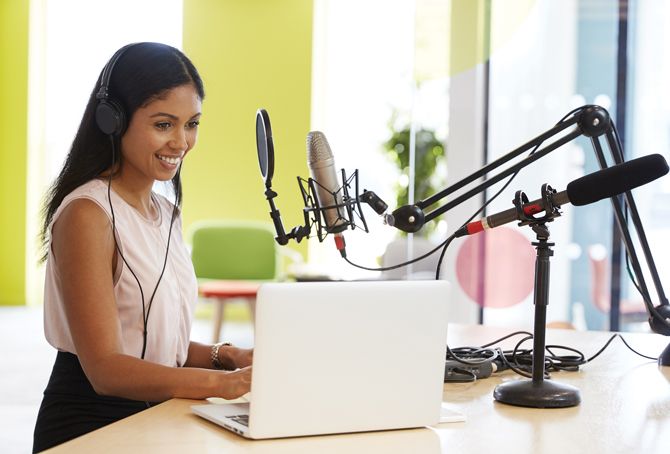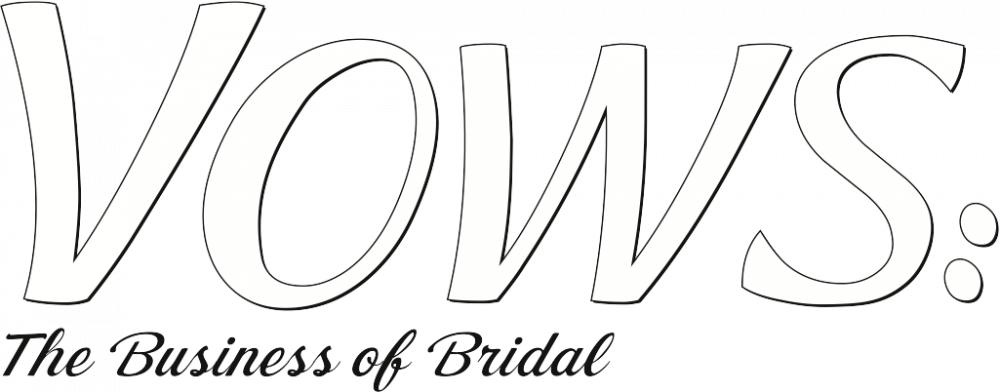In January 2016, Kara Lamerato, a San Diego-based vendor of handmade wedding décor and gifts, took the plunge into podcasting.
After nearly five years of running Kara’s Vineyard Wedding, Lamerato was looking for a way to expand the reach of her brand and physical products. Podcasts offered something new, different and undeniably intriguing.
Today, nearly two years after launching the Wedding Planning Podcast and unleashing more than 75 episodes featuring down-to-earth wedding planning advice to engaged couples around the globe, Lamerato doesn’t hesitate to extol the virtues of the emerging medium.
The Wedding Planning Podcast has catapulted the reach and influence of Kara’s Vineyard Wedding, while also providing Lamerato invitations to speak at national conferences, access to Etsy’s creative team and countless introductions to online marketing industry leaders.
“Podcasts have literally changed my life and my business,” Lamerato beams.
Podcasts: An Introduction
While still relatively unknown to a rather significant chunk of the population, podcasts – quite simply, an audio file posted online for listeners to download onto their device or listen to in a browser – continue gaining mainstream appeal.
According to The Podcast Consumer 2017 report from Edison Research, an estimated 67 million Americans – 24 percent of the U.S. population age 12 and up – listened to podcasts monthly in 2017, a 14-percent jump from 2016 and indicative of podcasting’s steady annual climb over the last decade. Forbes, in fact, labeled podcasting “the future of storytelling.”
With accelerating verve for podcasts, brands, retailers and entrepreneurs alike have all turned to the medium to capture mindshare – if not by launching their own podcast shows akin to the AM radio talk show of yesteryear, then surely by appearing as guests on others’ podcasts to promote their ventures, deepen marketplace connections and heighten their credibility. Some independent retailers, in particular, have added podcasting to their marketing mix as a next-level branding initiative to woo prospective customers and more easily connect with them in today’s on-demand economy.
“For retailers looking for brand recognition or general brand awareness, podcasts are a wonderful way to reach a worldwide audience with your content and brand,” Lamerato says.
Whereas blogs and videos have long been touted as effective marketing tools, podcasting offers a unique alternative: more intimate and user-friendly than a blog and less cumbersome than video. That combined with podcasts’ on-demand nature continues fueling their growth.
Podcasts, Lamerato says, allow people to convert those previously “wasted” moments of life – sitting in traffic, running on the treadmill or chopping vegetables for dinner – into opportunities for learning or entertainment.
“There is such a wealth of information, most of it totally free, that is available literally at your fingertips via your phone,” Lamerato says of podcasts, which she consumes herself daily for insights on news, business, parenting and more.
As a medium leaning heavily on telling stories and sharing advice, podcasts can be a particularly valuable marketing tool for specialty retailers, including bridal shops, contends Aaron Dowd, a Fort Worth, Texas-based podcast editor and producer known as The Podcast Dude.
“More and more, people want to buy from real people rather than some faceless corporation,” Dowd says. “If you’re someone who likes sharing knowledge and expertise, then that’s a great foundation for starting a podcast.”
Indeed, that’s what led bridal industry veterans and floral designers Shannon Palmer and Kimberly Mills to launch their wedding-themed podcast, From Ring to Veil, in 2015. Throughout the course of more than 150 episodes, the Palmer-Mills duo has tackled a range of wedding-planning topics such as budgets, etiquette, hiring vendors and trends, always eager to educate, dispel myths and recalibrate expectations with splashes of hard-earned wisdom and humor.
“Our main focus is to help alleviate the stress of planning a wedding by giving out relevant and honest wedding-planning tools, tips and tricks as well as expert information,” Mills says, noting that From Ring to Veil has an international audience of some 8,000 monthly listeners.
Taking the Podcasting Plunge: Content
Before getting into the mechanics of podcasting, Dowd first poses a more important question to anyone interested in starting a podcast: Who is the intended audience?
“If you don’t start by first answering this question, then it’s difficult to come up with the right content and to promote the podcast properly,” he says.
For bridal retailers, the answer would seem obvious: brides, mothers and perhaps prom clientele. A good starting point for content, Dowd then suggests, is to build episodes around frequently asked customer questions, though hosts might also solicit questions via social media or collaborate with other professionals with expertise in related areas – floral, beauty, culinary and planning to name just a few – to serve as show guests. This would not only deliver valuable content, but could also expand the podcast’s audience.
“The number-one thing is not to be boring and talk about things the audience won’t find interesting,” Dowd says. “If you set the expectation that your podcast will discuss weddings, then stick to that.”
Lamerato urges any bridal retailer entering the podcasting game to keep audience top of mind.
“Remember, you’re looking at a give, give, give situation to an audience with endless free wedding-planning advice at their fingertips,” she says. “For the absolute best chance of success, your podcast should be completely focused on providing value to your audience.”
Mills similarly champions the critical importance of audience-first content.
“Help make [listeners’ lives] better, whether it is by entertainment or relevant information that they can use right away,” she says. “Podcasting success is all about keeping at it, being consistent, adding value and putting in the time to grow your audience.”
Most often, podcasts run 10-90 minutes, though Dowd says there are no hard-and-fast rules about a show’s length.
“Much like movies and videos, people will easily tolerate something longer if the content is relevant and engaging,” he says, adding that “there’s nothing wrong with 10-minute episodes” that are short, sweet and to the point.
Dowd recommends beginning each show with a brief introduction communicating basic information – the hosts and the podcast’s overall objectives, in particular – as well as the designated topic of the specific episode.
“People often forget that each podcast episode is one unto itself and this brief description prevents new listeners from feeling lost,” he says.
Thereafter, show hosts might segue into an interview, recount a personal story, share a list or answer questions submitted by listeners through social media.
“Podcasts should feel very much like a conversation, even if only one person is talking. That’s what creates a relationship and sense of community,” Dowd says.
Taking the Podcasting Plunge: Mechanics
At podcasting’s most basic level, the needs are simple: an Internet connection, a decent USB microphone, a device to record the audio file and a monthly subscription to a podcast-hosting platform such as Libsyn, Simplecast or fireside.fm. Aspiring podcasters might also gain familiarity with recording software such as GarageBand, Audacity, Logic Pro X, Adobe Audition or Pro Tools, so they can record and edit their audio as well as adjust levels for hosts or guests.
On the microphone front, Dowd suggests investing in highly rated microphones such as the Blue Yeti or Rode NT, both of which can be purchased for $100-150. It’s also helpful to learn basic microphone techniques and to utilize tools that can result in improved audio quality, such as a $10 windscreen (also called a pop filter) that can help diminish irritating low-frequency popping sounds.
“A lot of people will tell you that you can get started with anything, but bad audio quality will turn people off and cause you to permanently lose listeners,” Dowd says.
With the audio file recorded, podcast hosts will then turn to their hosting platform, which runs, on average, $12-20 per month. The hosting platform will then create an RSS feed for commonly used platforms such as iTunes or Google Play.
As with most digital marketing efforts involving various technologies, Dowd admits it will take time for podcasters to understand the mechanics of translating a raw audio file into a polished podcast. For those interested in tackling every step of the process themselves, Dowd says there are numerous step-by-step online tutorials – his site, http://www.thepodcastdude.com, for instance, hosts some – as well as freelance podcast editors and producers retailers can hire for pre or post-production work.
“Podcasting is not something you’ll pick up on overnight, but when you learn the steps and make a checklist, it all becomes much easier,” Dowd says.
Taking the Podcasting Plunge: Maximizing Impact
With bridal retailers already pulled in so many distinct marketing directions from local bridal expos to various social-media channels, it’s worth considering if a podcast – a potentially viable and valuable, albeit involved and still-emerging medium – is worth pursuing.
For those intrigued by the medium and its potential as well as being on the tip of the marketing spear with consumers, podcasts can most definitely serve a compelling adjunct to current marketing efforts to attract customers and establish stronger marketplace credibility. Success with the medium, however, demands consistent effort.
Just as a brick-and-mortar specialty retailer would promote anything else online, Dowd says the key is getting the podcast in front of the target audience, which might include Facebook Ads, posting new episodes to the store’s social-media accounts, sharing links to specific episodes on bridal forums or building show titles around common Internet search terms such as “picking the best wedding dress for my body.”
“When you get good, valuable content in front of people, it will get shared,” Dowd assures.
Lamerato, for instance, promotes her podcast through Kara’s Vineyard Wedding – every order, in fact, receives an invite to take advantage of the Wedding Planning Podcast – while she also runs paid advertisements and uses traffic on Facebook, Pinterest and Instagram to boost her show’s following.
Podcast promotion can also get a hefty boost from external show guests – likely other wedding vendors – posting the podcast information to their social-media channels, websites and blogs.
“We really love our fellow vendors and with being a guest host, they receive great publicity for their business and it helps promote us as well with sharing the show out on all of their social-media platforms,” Palmer says.
Finally, rhythm and routine is important. As with social-media content on Facebook or Pinterest, consistency helps drive success. A self-imposed deadline to publish a podcast each week or every other week keeps listeners engaged and interested.
“Podcasting is a longevity game, a marathon,” Lamerato says. “This is not the space for shortcuts or get-rich-quick schemes. A podcast requires constant service to your audience.”
5 Popular Wedding-Themed Podcasts
Platforms such as iTunes, Google Play and ART19 all feature thousands of podcasts covering virtually any topic imaginable from personal finance and politics to sports, science and spirituality. People passionate about any topic, weddings included, can simply search a platform for a relevant sampling of podcasts. Some of the most popular wedding-related podcasts include:
Bridechilla
With some 300 episodes to her credit, comedian Aleisha McCormack has emerged one of the wedding world’s preeminent podcast voices. From busting wedding-planning myths to avoiding bridal scams, McCormack’s wit and no-holds-barred talk has earned her a loyal legion of global fans.
From Ring to Veil
Podcast vets and longtime wedding vendors Shannon Palmer and Kim Mills’ two-year-old podcast aims to inject fun and sanity into wedding planning. With more than 150 episodes in the bank, the tandem has tackled a range of topics – budgets, writing vows and wedding toasts among them – with a spirited mix of candor and comedy.
The Big Wedding Planning Podcast
Christy Matthews and Michelle Martinez, a pair of experienced wedding planners, provide inside insights on the wedding industry in this one-year-old podcast. Past episodes include the duo discussing recent weddings they’ve worked, tips for improved vendor relations and establishing a wedding day timeline.
Wedding Planning Podcast
In the aptly named Wedding Planning Podcast, bridal vendor Kara Lamerato of Kara’s Vineyard Wedding offers swift, zippy takes on the wedding-planning process, including interviews with vendors and advice on everything from budgeting to dress shopping.
Put A Ring on It
Daniel Moyer, a photographer, and Danielle Pasternak, a wedding planner and coordinator, team together to share wedding-planning insights through a mix of firsthand stories, interviews and unfettered contemporary advice on getting to the altar and reception in a sane state.




